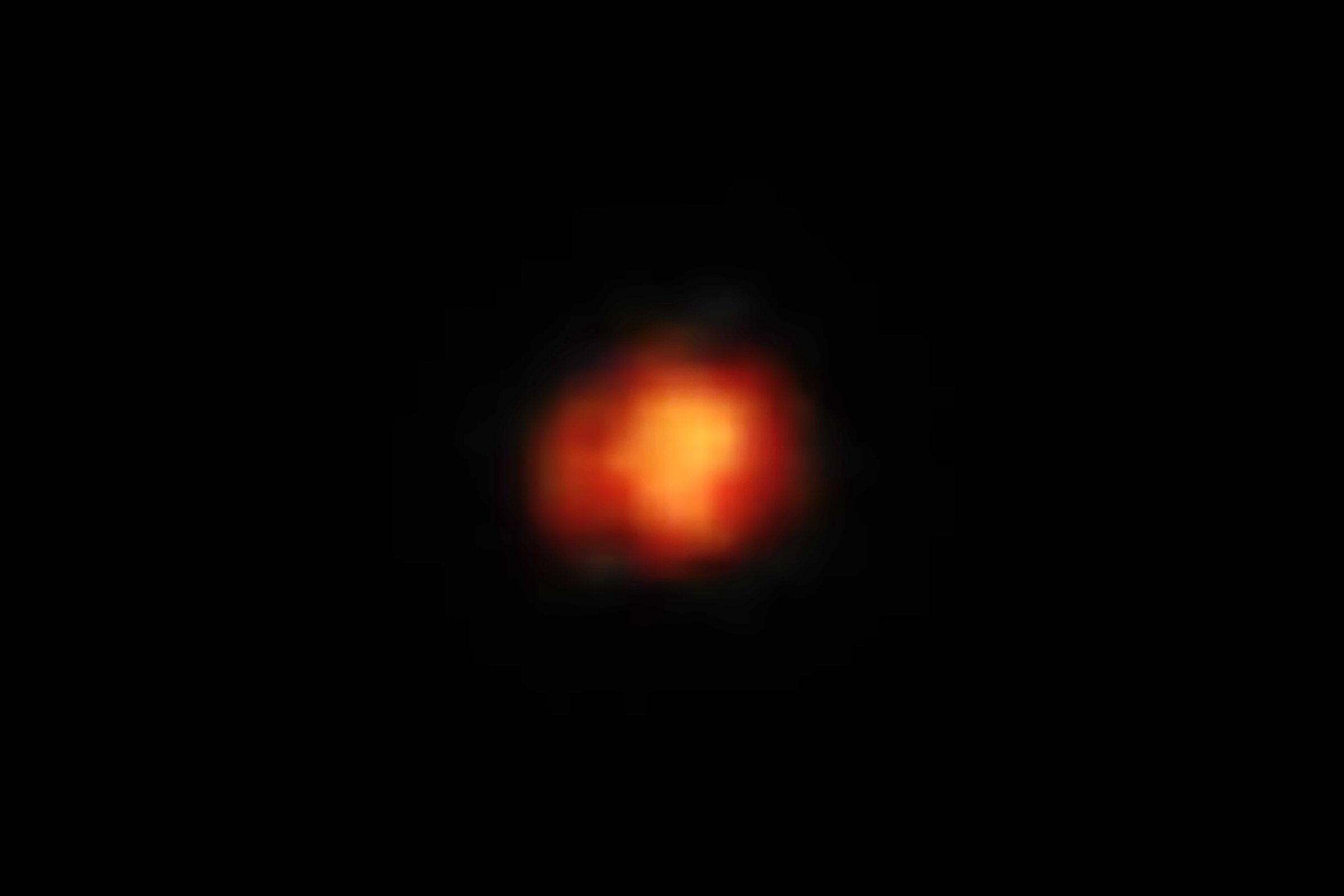
Thanks to the James Webb Space Telescope, astronomers racing to find some of the earliest galaxies ever glimpsed have now confirmed that a galaxy first detected last summer is in fact among the earliest ever found. The findings are published in the journal Nature.
Follow-up observations since first detection of Maisie’s galaxy have revealed that it is from 390 million years after the Big Bang...
Read More








Recent Comments